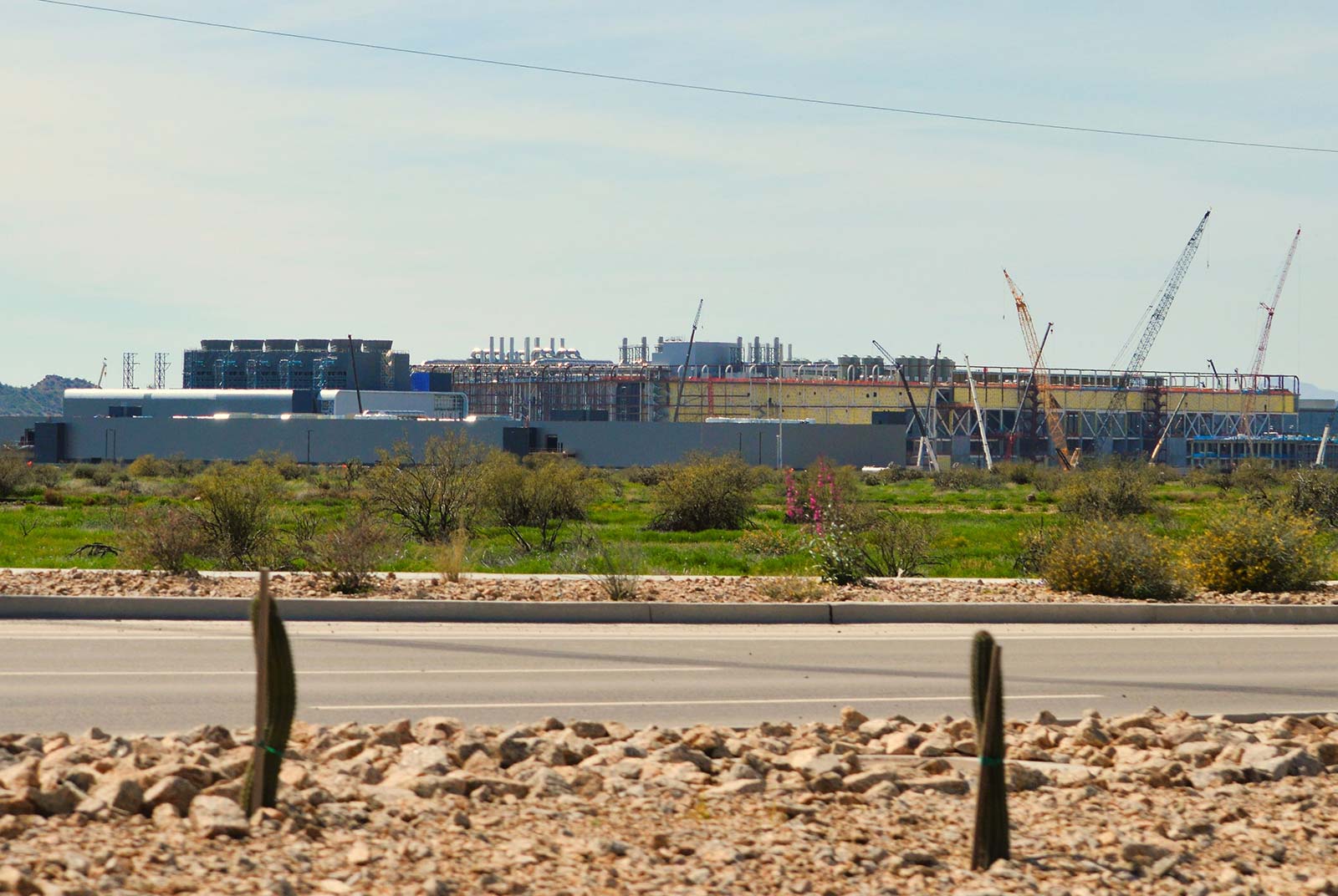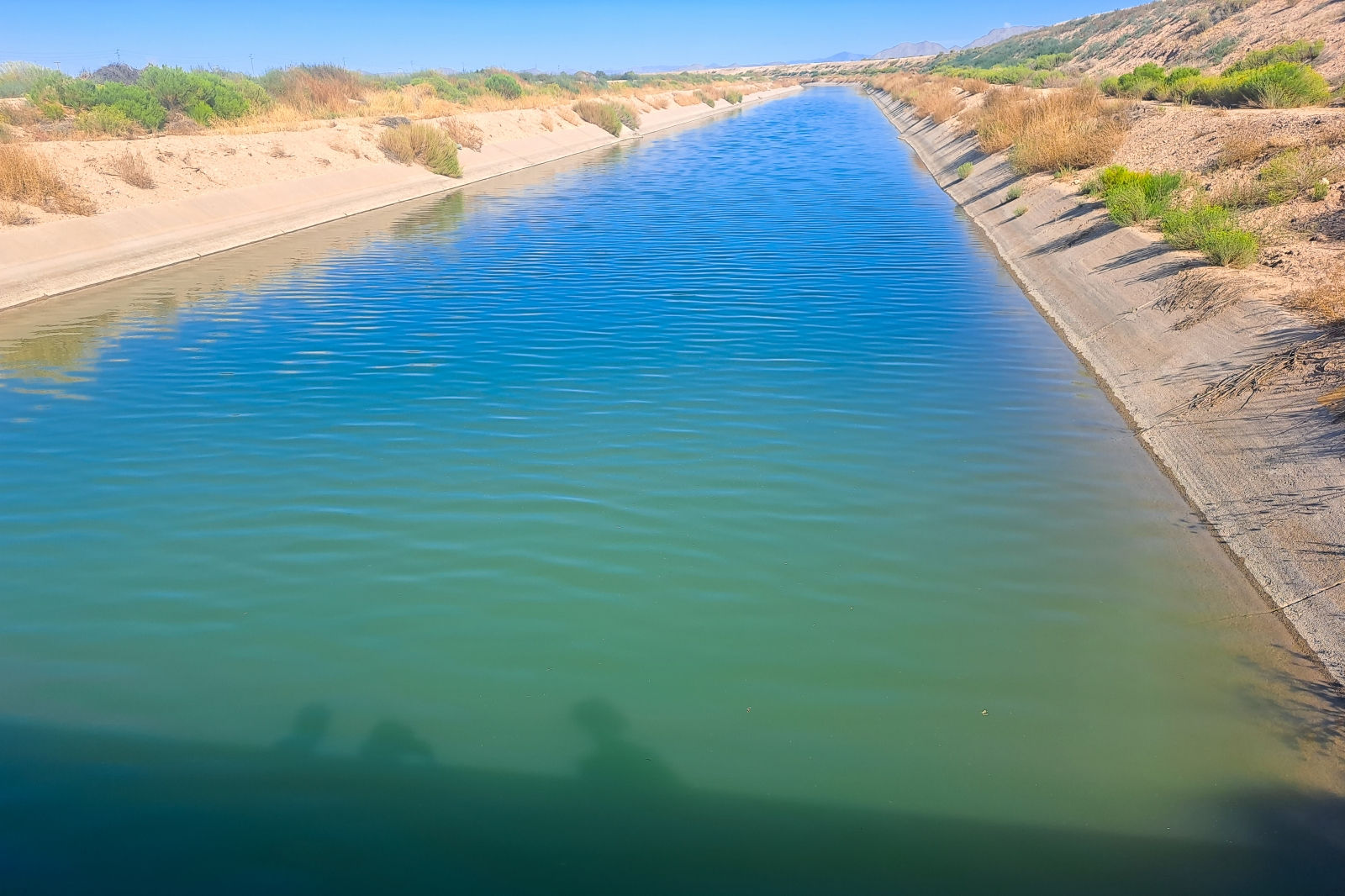TSMC in Arizona: Navigating water shortages

Source:shutterstock
TSMC's investment in Arizona is challenged by water shortages. Alfalfa farmers are worried that water shortages will get worse in the future. Chip manufacturing and climate change: Who will win?
Views
TSMC in Arizona: Navigating water shortages
By Elaine HuangFrom CommonWealth Magazine (vol. 786 )
The state of Arizona in the United States is facing a ticking time bomb named water.
Arizona is staring down one of the worst droughts in its history.
Semiconductor manufacturing is a very water-intensive industry. In Taiwan, every time summer rainfall dips below average, the world starts wondering how the chip giant TSMC will secure enough water.
Now, TSMC has a foundry in the Arizona desert, and a water crisis seems inevitable.
Plight of Farming in the Desert: Third-generation Farmers vs. Wafers
During the "Semicon Taiwan" trade show in early September, a senior manager from another Taiwanese semiconductor giant that has set up shop in the United States predicted that TSMC’s Arizona fab "will have problems with water." "Which is why we built our plant elsewhere," he added.
Arizona is a desert region, and its main source of water comes from the Colorado River, which flows through seven states. All the water used by the residential, agricultural, and industrial sectors in Arizona comes from the Central Arizona Project (CAP), delivering water from the Hoover Dam hundreds of miles away to canals in central Arizona.
The desert is home to cash crops like alfalfa, cotton, and wheat. In addition, Intel, semiconductor companies, and weapons manufacturers have also set up factories here.
But climate change has taken a heavy toll on Arizona. When this reporter arrived in Phoenix, the city had already declared a Stage One Water Alert, asking its citizens to conserve water. Local news reported that the state government revoked the license of an alfalfa producer because it was selling the water-guzzling crop to dairy farmers in Saudi Arabia, incensing the thirsty citizens of Arizona.
It has reached the point where the Israeli water desalination company, IDE Technologies, has noticed the water problem and begun lobbying efforts in Arizona. It is holding public hearings and offering to build a pipeline that draws desalinated water from the Gulf of Mexico to Arizona.
Dams dry up as solar panels sprout on farmland
How severe is the water situation? No one knows better than the farmers.
This reporter arrived at the city of Casa Grande, about an hour's drive from downtown Phoenix. Nancy Caywood, 69, is the owner of a 255-acre farm here.
This is the heartland of the American alfalfa and cotton industry. Caywood is already the third-generation owner of her farm.
 Nancy Caywood, an alfafa famer in Arizona.
Nancy Caywood, an alfafa famer in Arizona.
Her farm once produced cash crops like cotton and alfalfa. But as rains became infrequent and the cisterns bottomed out, the nearby Gila River also dried up. Last year, the county that Caywood lives in limited water usage to 20% of what it used to be.
Wanting to witness the drought herself, Caywood made the hike to the Coolidge Dam during the height of the drought in 2021. In 2000, the dam boasted a capacity of 560 million cubic meters. But in June of that year, Caywood could almost see the bottom.
Farmland near the Caywood farm is now occupied by solar panels. She explained that when local farmers realized that they may never grow crops again, some sold the land to green energy companies.
This reporter asked if she's heard of TSMC and the plant it's building in North Phoenix. She smiled. "Of course, I have."
However, according to an article published by the American Bar Association in February, titled "A Tale of Two Shortages: Reconciling Demand for Water and Microchips in Arizona," once the TSMC plant is completed, just one fab will guzzle 8.9 million gallons of water a day, "or nearly 3 percent of [Phoenix's] current water production."
When all five fabs are operational, TSMC will use as much as 40,000 acre-feet of water a year. An acre-foot is roughly the amount of water needed to flood a football field one foot deep. TSMC has predicted that 65% of its water will come from internal recycled sources.
 Colorado River supports the water demand from the Central Arizona Plan (CAP). (Photo: Elaine Huang)
Colorado River supports the water demand from the Central Arizona Plan (CAP). (Photo: Elaine Huang)
Phoenix mayor: Guaranteed water for 100 years
The farmers in the desert are wondering: isn't TSMC afraid of its foundries running out of water?
"For the residents of Phoenix, drought is not a new experience," says Cynthia Campbell, the Water Resources Management Advisor for the City of Phoenix.
"Around here, water usage is planned in terms of centuries. We know we live in a desert," she says.
Cynthia Campbell, the Water Resources Management Advisor for the City of Phoenix. (Photo: Elaine Huang)
Campbell reveals that Phoenix has recently completed new infrastructure for water allocation. Four massive underground pipes will draw water from the Colorado River to where TSMC is located in North Phoenix. At the same time, Phoenix has announced it will build an advanced water treatment plant that can help to reclaim water.
"We make sure that water resources will be available before we start any development project. Before we approve any proposal, we make certain there will be enough water for it for a hundred years," Phoenix Mayor Kate Gallego tells Commonwealth Magazine.
She reveals that when TSMC made up its mind to invest in North Phoenix, not only did it present an ambitious plan to reclaim water with advanced technology, but it also collaborated with City Hall to draft a long-term plan to guarantee water supply.
Water use in the desert can be made efficient and feasible through close and careful cooperation between the public and private sectors.
However, climate change can be unpredictable. The greatest challenge that TSMC may face is if the skies won't open up and deliver the much-needed rain.
Have you read?
- Morris Chang: No TSMC without K. T. Li
- Is Intel ready to challenge Samsung, TSMC?
- TSMC's U.S. tool-in ceremony is over, what’s next?
Translated by Jack Chou
Uploaded by Ian Huang






